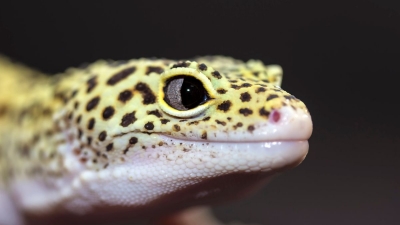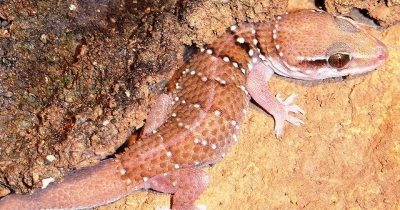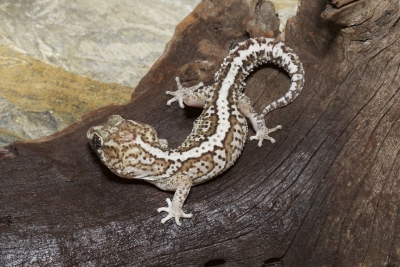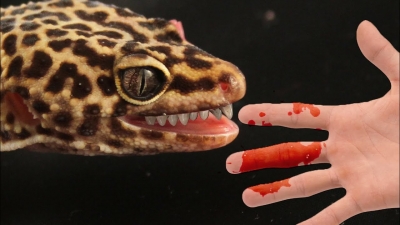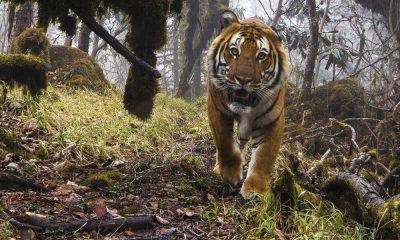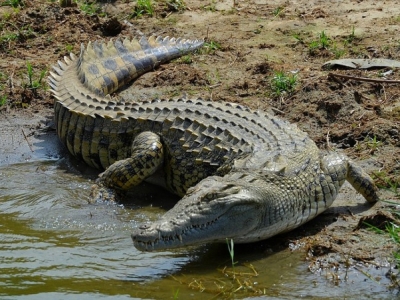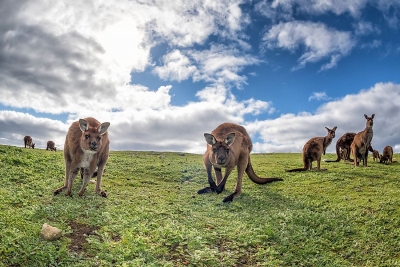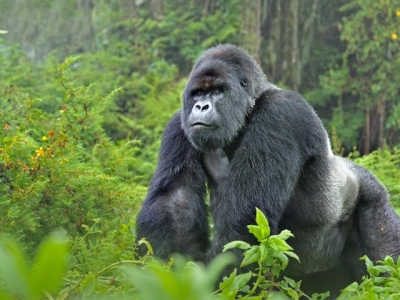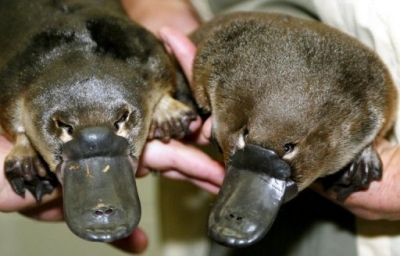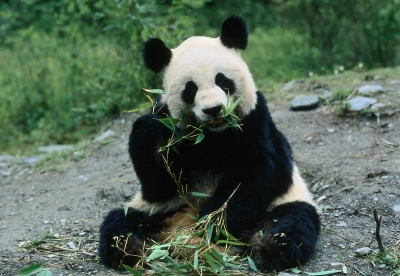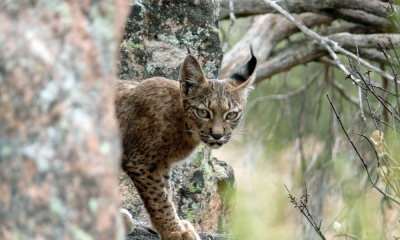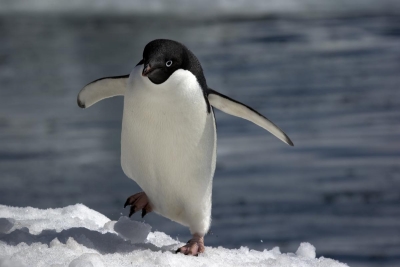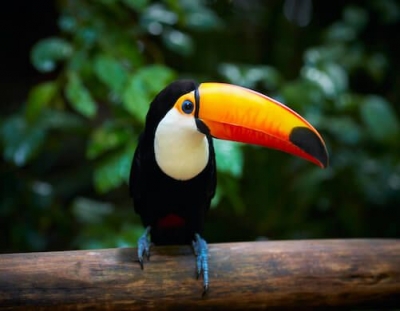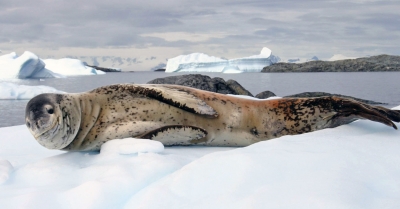How do most geckos clean their eyes?
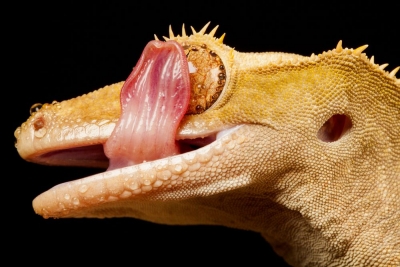
Not all Gecko lizards have eyelids. In fact, most geckos don’t have eyelids.
Some geckos, like the leopard gecko, have moveable eyelids that work like people’s eyelids. These geckos can blink, and they can close their eyelids when they sleep. They will lick their eyes but they do it to remove something that is irritating their eye.
But geckos with moveable eyelids are not the majority.
Most geckos do not have eyelids. What they have is a transparent covering that protects their eyes. The covering is disc-shaped and it is called a brille. When the lizard sheds its skin, it also sheds its brille. So there is a brief time when the gecko cannot blink and it also has trouble seeing as it sheds.
People and animals have eyelids that protect and help moisturize their eyes. When people blink, our eyelids whisk away debris and leave a film of moisture that keeps our eyes from drying out. And we can close our eyelids to help us sleep. But the primary purpose of our eyelids is to clean, protect, and moisturize our eyes.
For geckos with moveable eyelids, their eyelids function similar to ours. Their eyelids clean, protect, and moisturize their eyes.
Credit : ReptileUP
Picture Credit : Google
